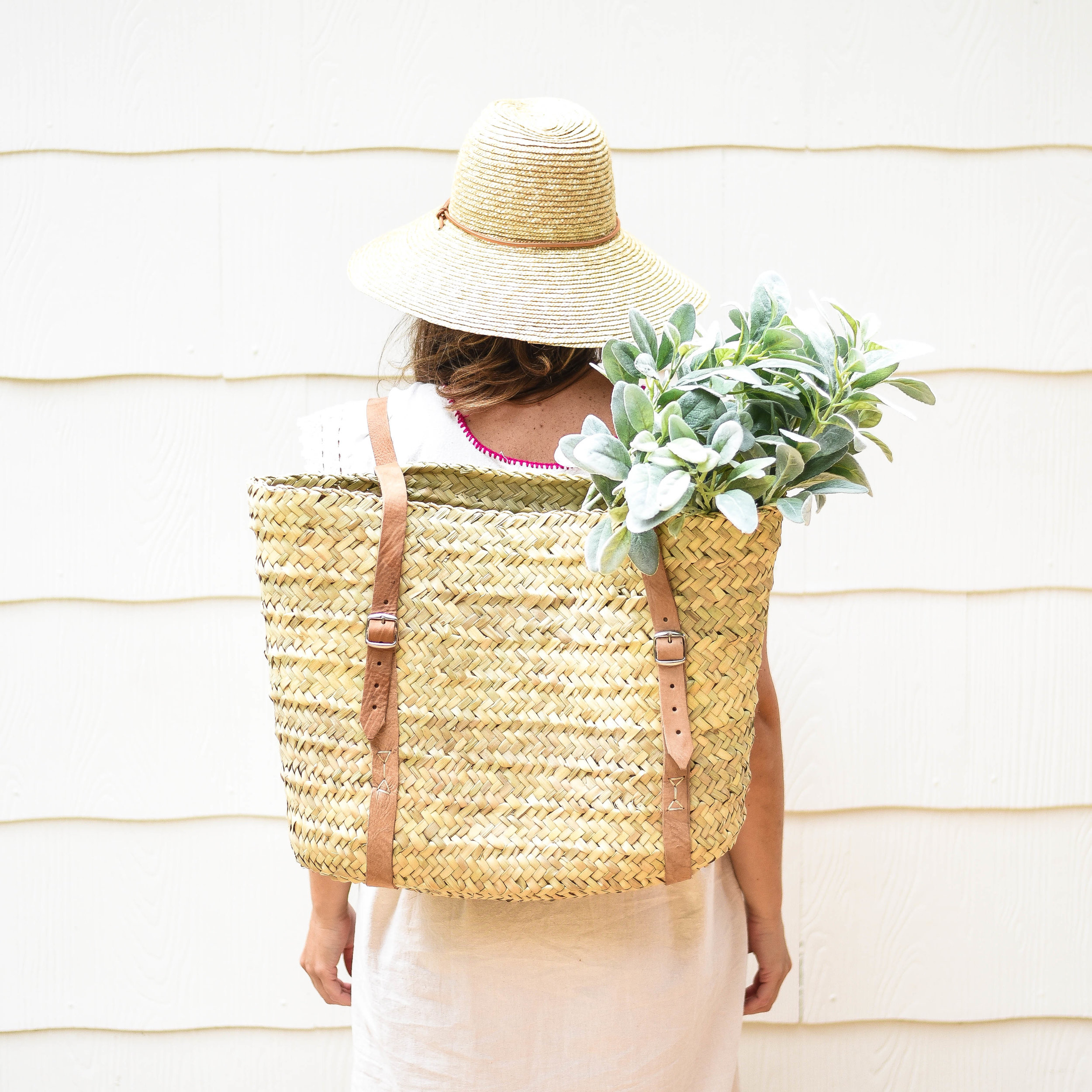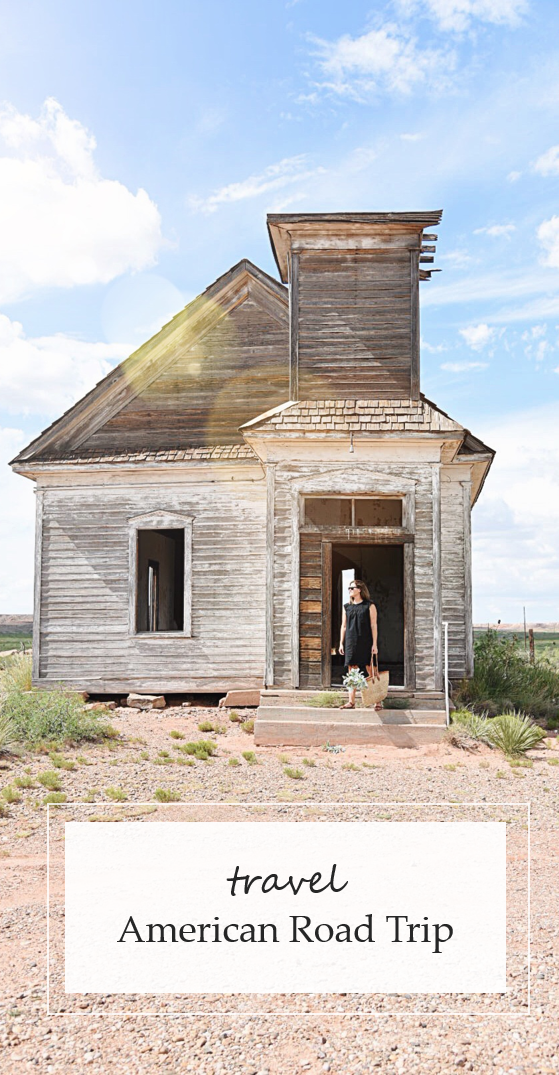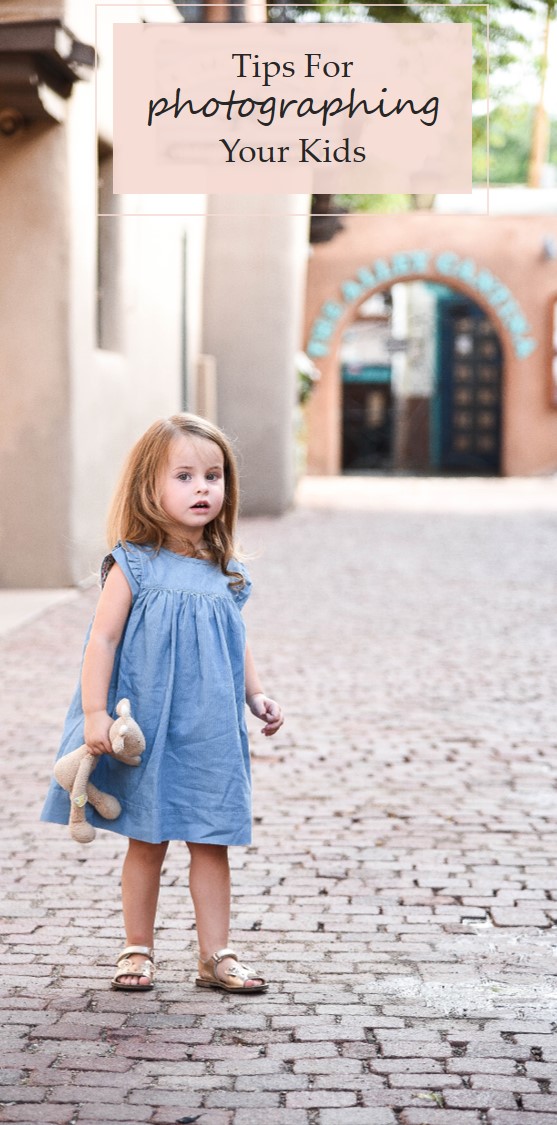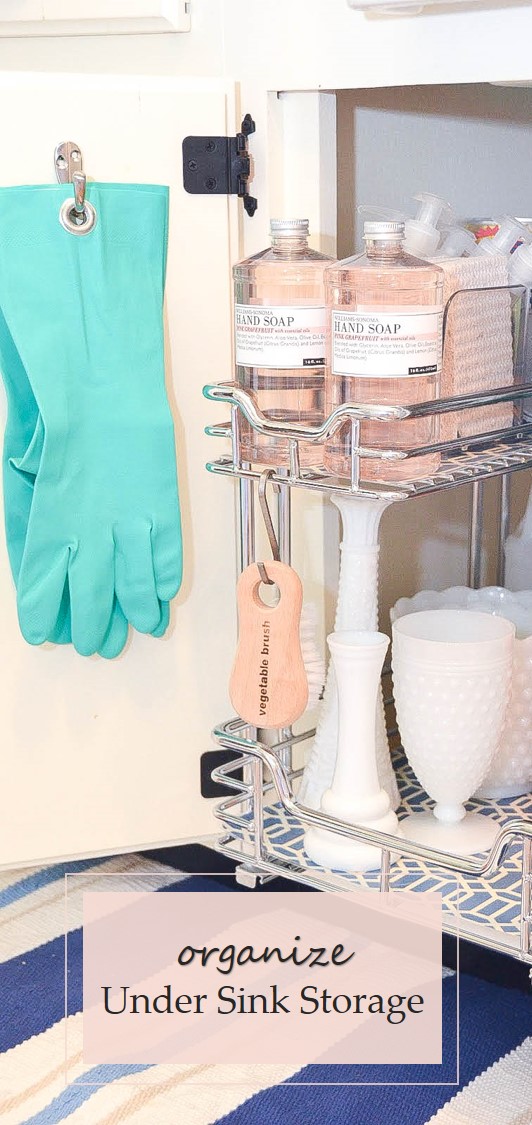A couple weeks back I shared this DIY on The Handmade Home. I'm determined to include more functional, but stylish organization into our home. I love leather goods and have a soft spot for cute fabric bins, but boy oh boy can those things add up quickly when buying retail! After making fabric covered shoe boxes for my new studio, I decided to try my hand at some larger fabric covered storage bins and this is what I came up with:
These DIY bins are nothing more than cardboard boxes, utility fabric and upcycled leather belts ~ yup, that's right, leather belts that I bought from a thrift store! They currently make the perfect catch all in our entry, storing and organizing scarves, gloves and umbrellas.
What You'll Need
Cardboard Box
Rotary Cutter and Mat OR Scissors
Fabric
Spray Adhesive
Old Leather Belt
Binding Post Screws
Flat Head Screwdriver
Industrial hole punch or Exacto Knife or
something to make holes in the box and leather.
To Make:
Start with your cardboard box.
Tape securely then fold down box top (photo, bottom left). You could cut the box top off, however folding it in on itself makes the box stronger, especially if adding pulls or handles. From there cut your fabric to height and length, to fit inside your box (photo bottom right) ~ to maximize my fabric cuts, this piece didn't quite fit on all four sides, I'll address the fourth side below.
I've become a huge fan of my rotary cutter and mat (photo bottom left), not necessary for this project, however if you plan on making a lot of these, it comes in very handy when cutting fabric. Once fabric is cut to size, iron the fabric to ensure a smooth finish.
To adhere fabric to your box use spray adhesive. To ensure your fabric in aligned straight and smooth, spray small sections at a time.
Once this piece is adhered to the box it will look like this:
Again, by the way I cut my fabric, it only wrapped three sides. So the next fabric I cut fit along the bottom and up the fourth side. (Again, I ironed the fabric before using Spray Adhesive to glue the fabric down.
Once the inside is complete, it's time to wrap the outside of the box. Cut a piece of fabric to size, leaving approximately two to four inches on each side, this is the section that will be glued to the inside of your box. Once this piece of fabric is cut and ironed, lay it on a smooth surface then place your box directly center. To ensure the box stays in place and doesn't slide around, use clothespins to secure the fabric to the opposite side you begin working on.
On the right and left corner, cut out a square/rectangle. This step solely removes excess bulk that would otherwise be glued onto the box. If you look closely at the photo below, you don't want to cut directly up to the corner of the box, but rather leave approx an inch.
After cutting the excess fabric by following the guide above your fabric should look like this:
Now pull the fabric taught and use the spray adhesive to glue the fabric to the inside of the box. Then repeat the steps above to the opposite side.
Now,
this next step looks trickier than it is. The best frame of reference for you is to think of wrapping a present. Apply spray adhesive, then press the right corner in and fold in excess fabric like photos below:
Then fold the flap up and over and adhere to the inside of the box.
Secure with a clothespin until dry and do the same for the left side. Once again repeat steps above for the opposite side.
Once your box is dry, now it's time to attach your pull or handles.
For our leather pull, we simply cut a leather belt with scissors. By leaving the buckle holes, we didn't have to make holes in our leather for the binding screws.
We measured where on our box to place our leather pull, then made two holes with an x acto knife (hint, to make a hole simply cut an X) From there it's as simple as screwing our leather pulls onto the box.
To make leather handles, again we used an old leather belt. After determining the length of our handles we cut with scissors and rounded our corners. We have an industrial strength hole punch that makes the perfect hole, but to ensure this is doable without that tool, we made our hole using an x acto knife, then hammered a large nail into our leather to ensure a round hole large enough to fit our binding screws.
One more tip: The fabric on both bins is the same. To get the stripes on the larger bin, I simply used a ruler and a blue fabric marker to draw on stripes!
For more DIYs and additional home inspiration be sure to stop by



















































